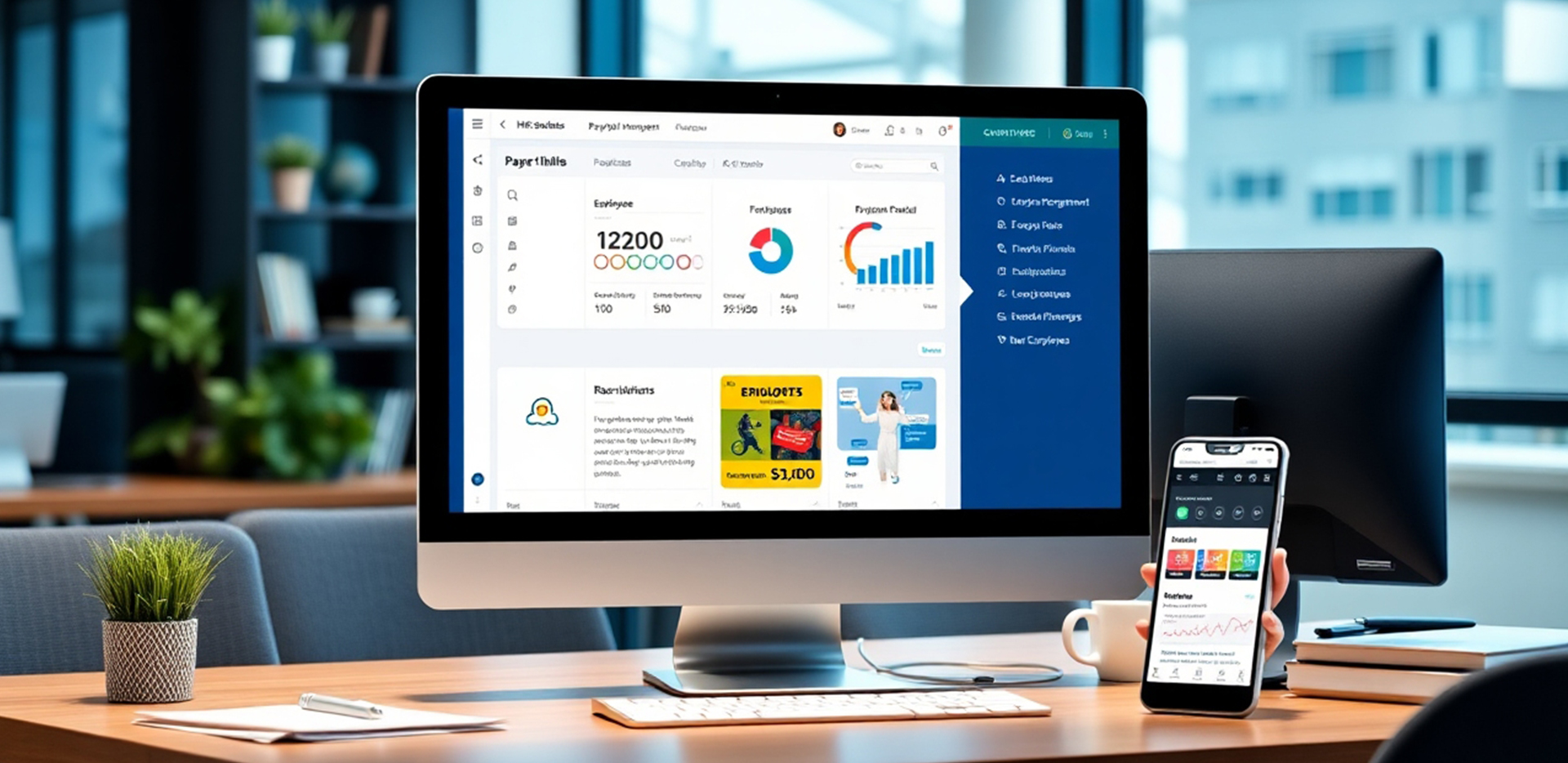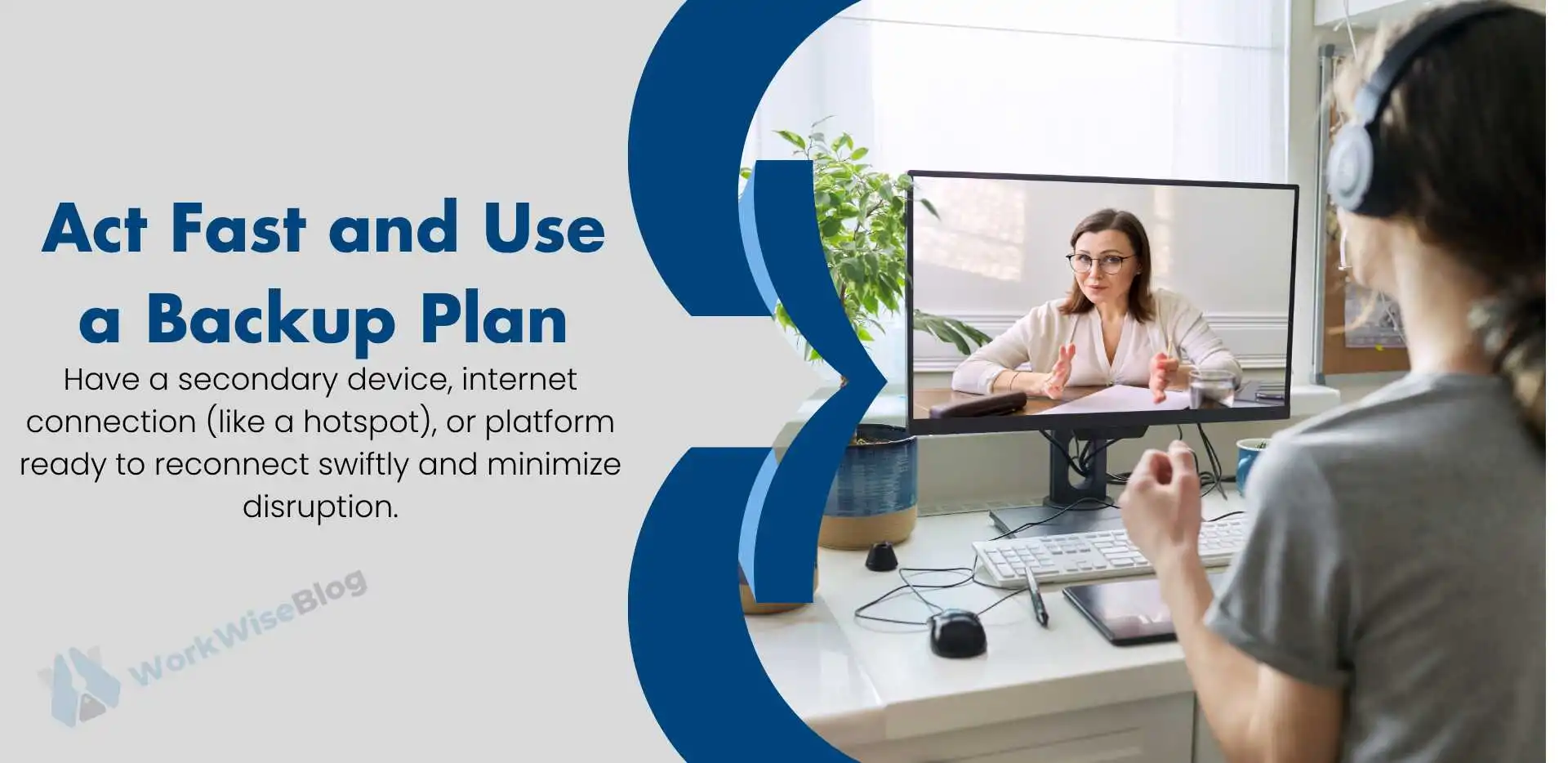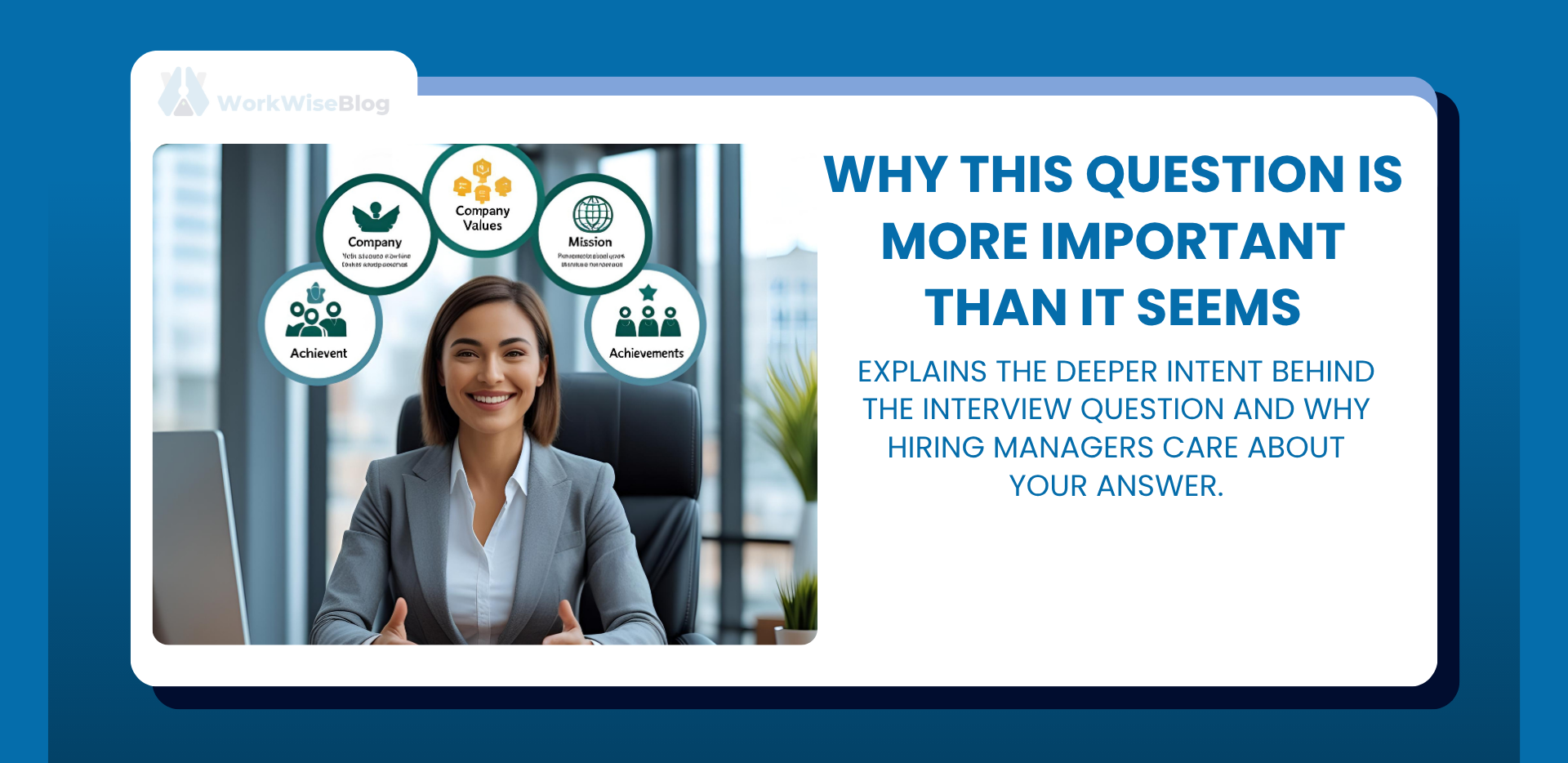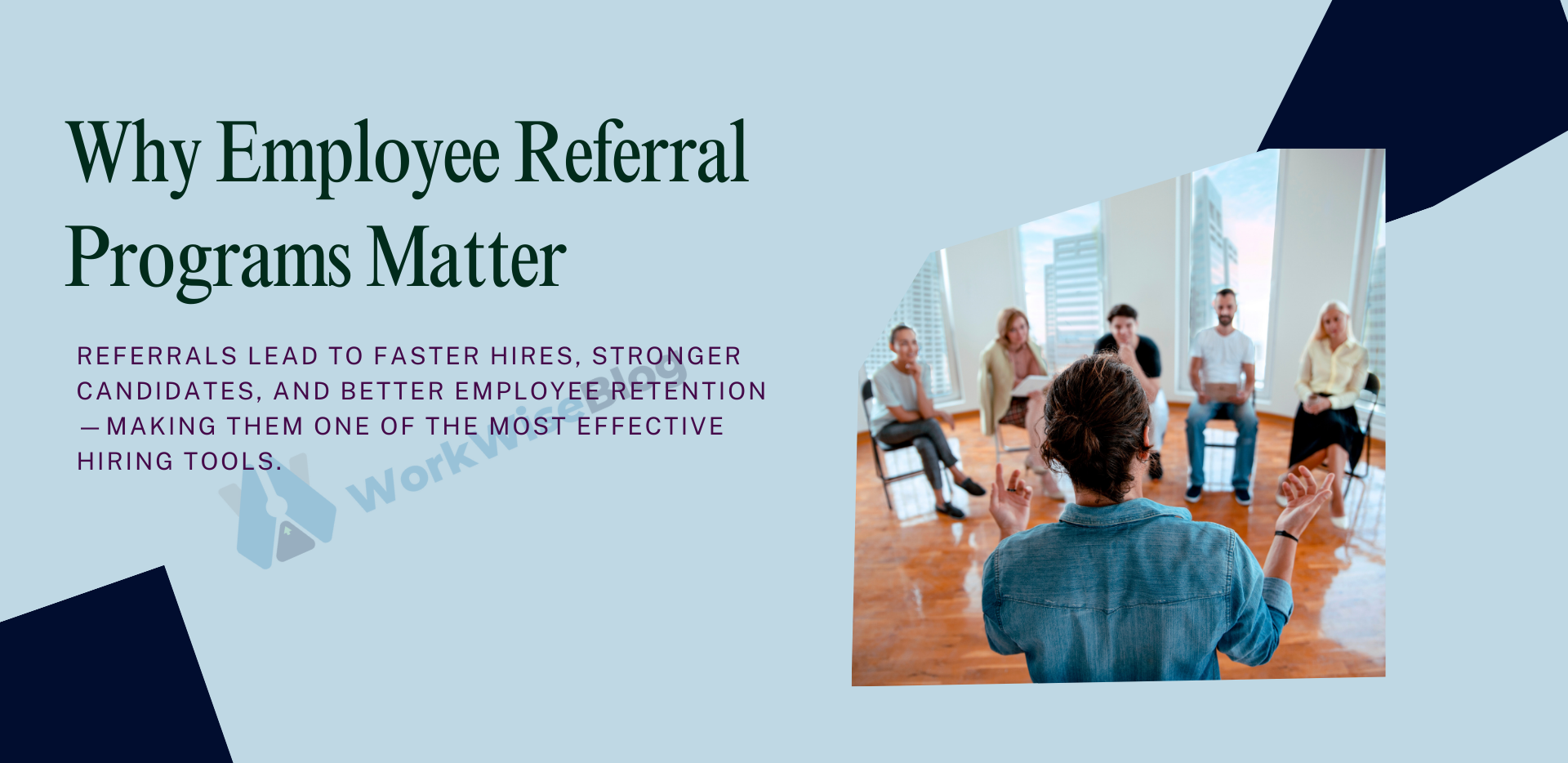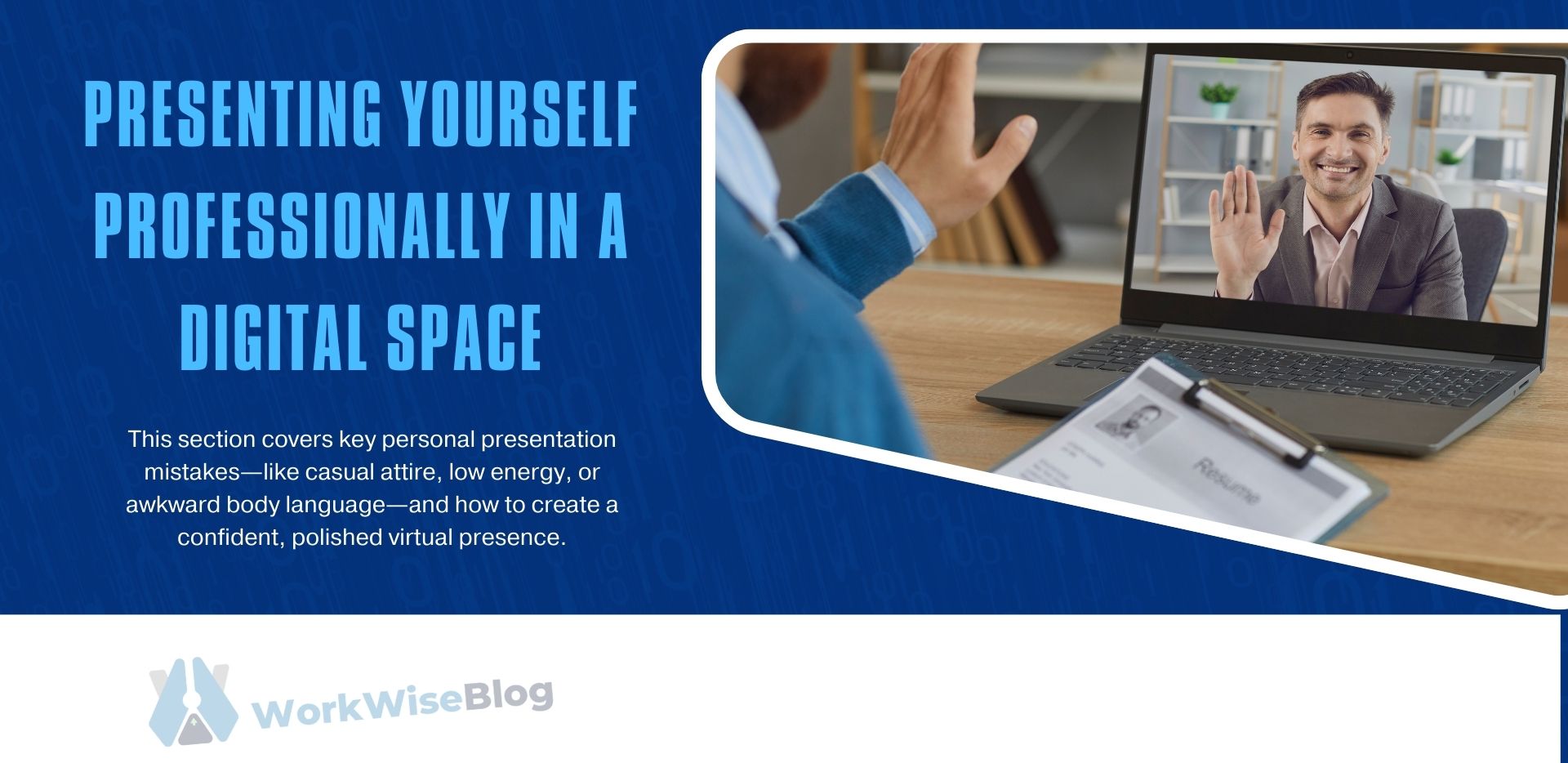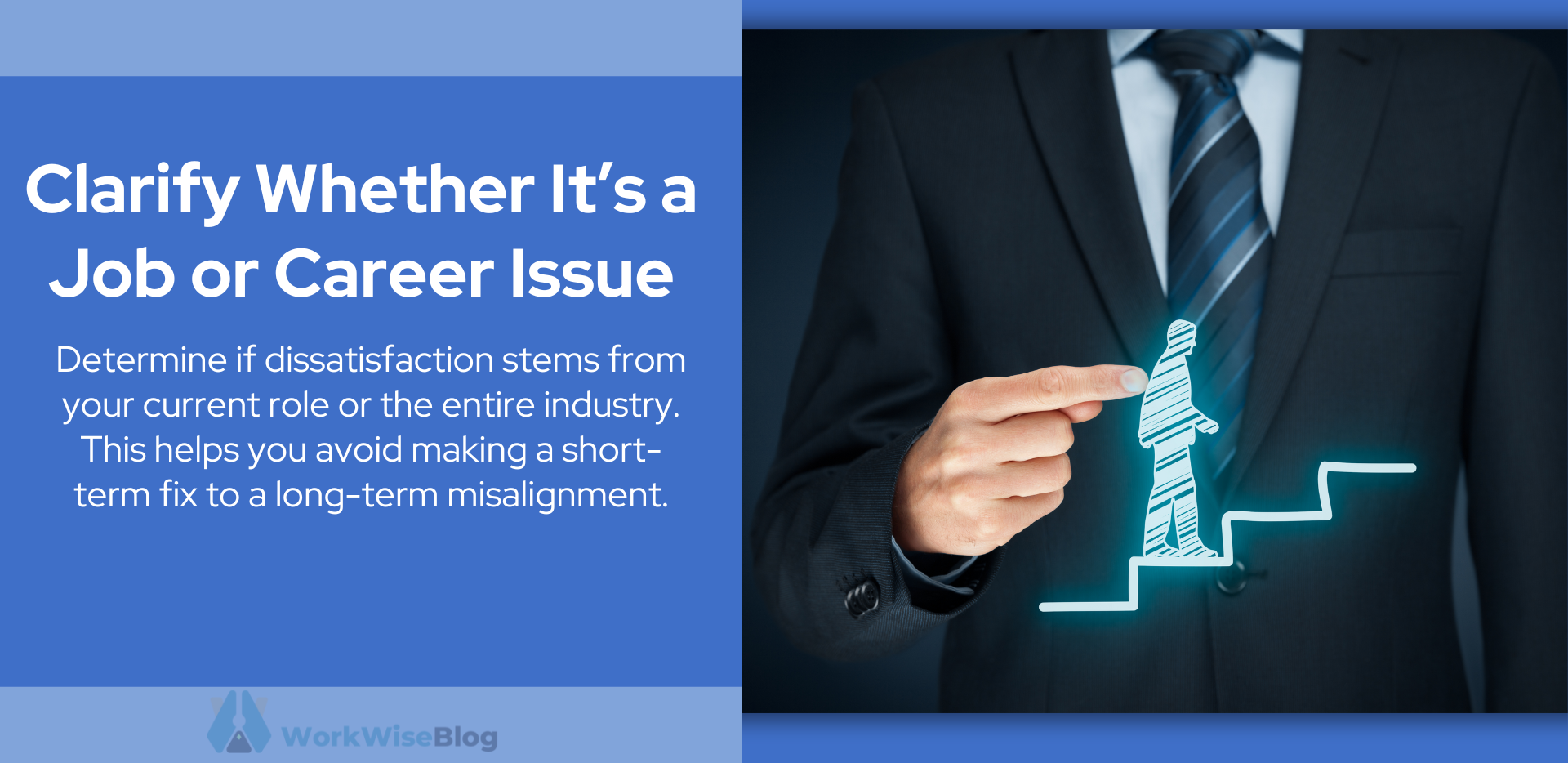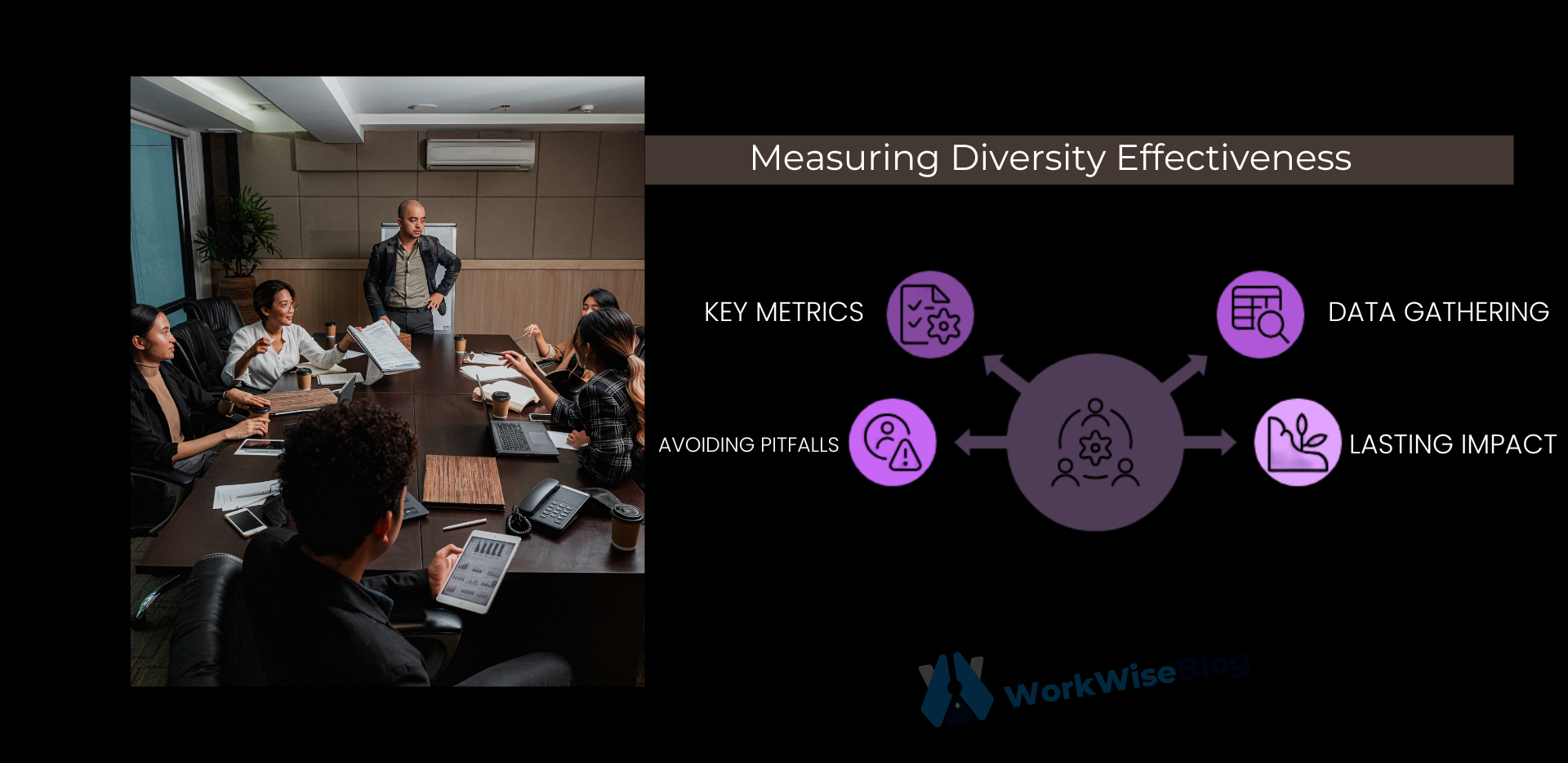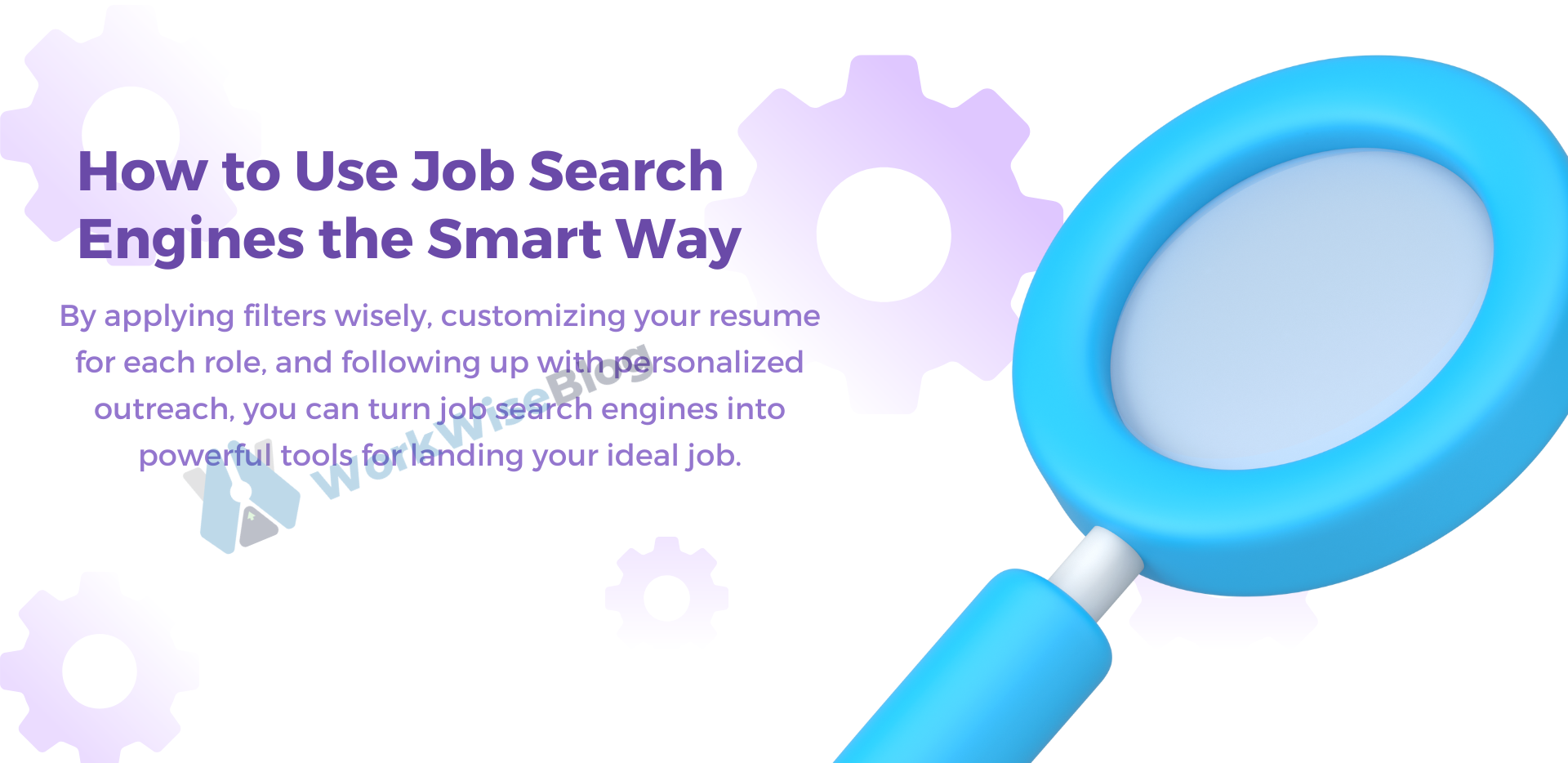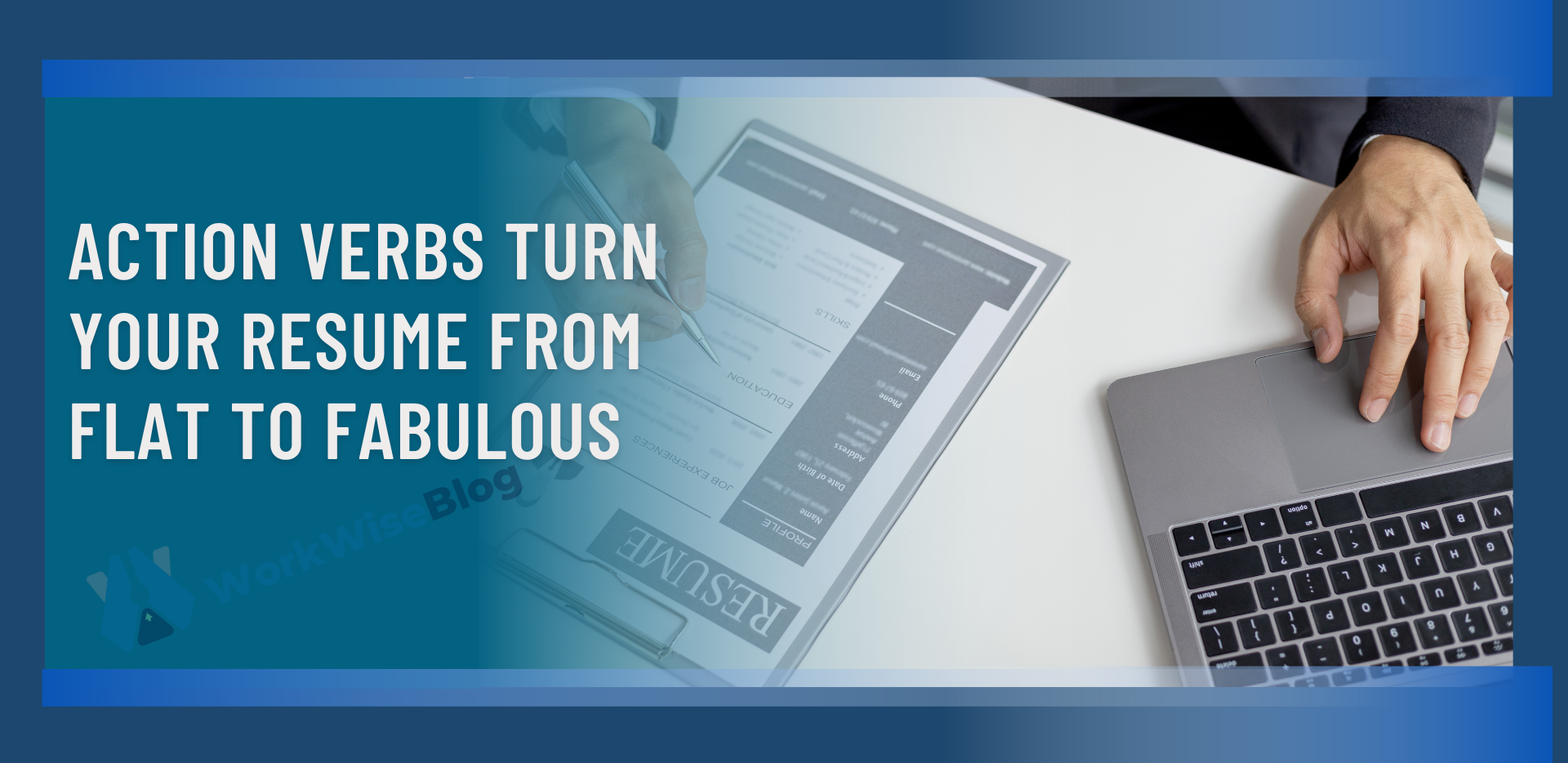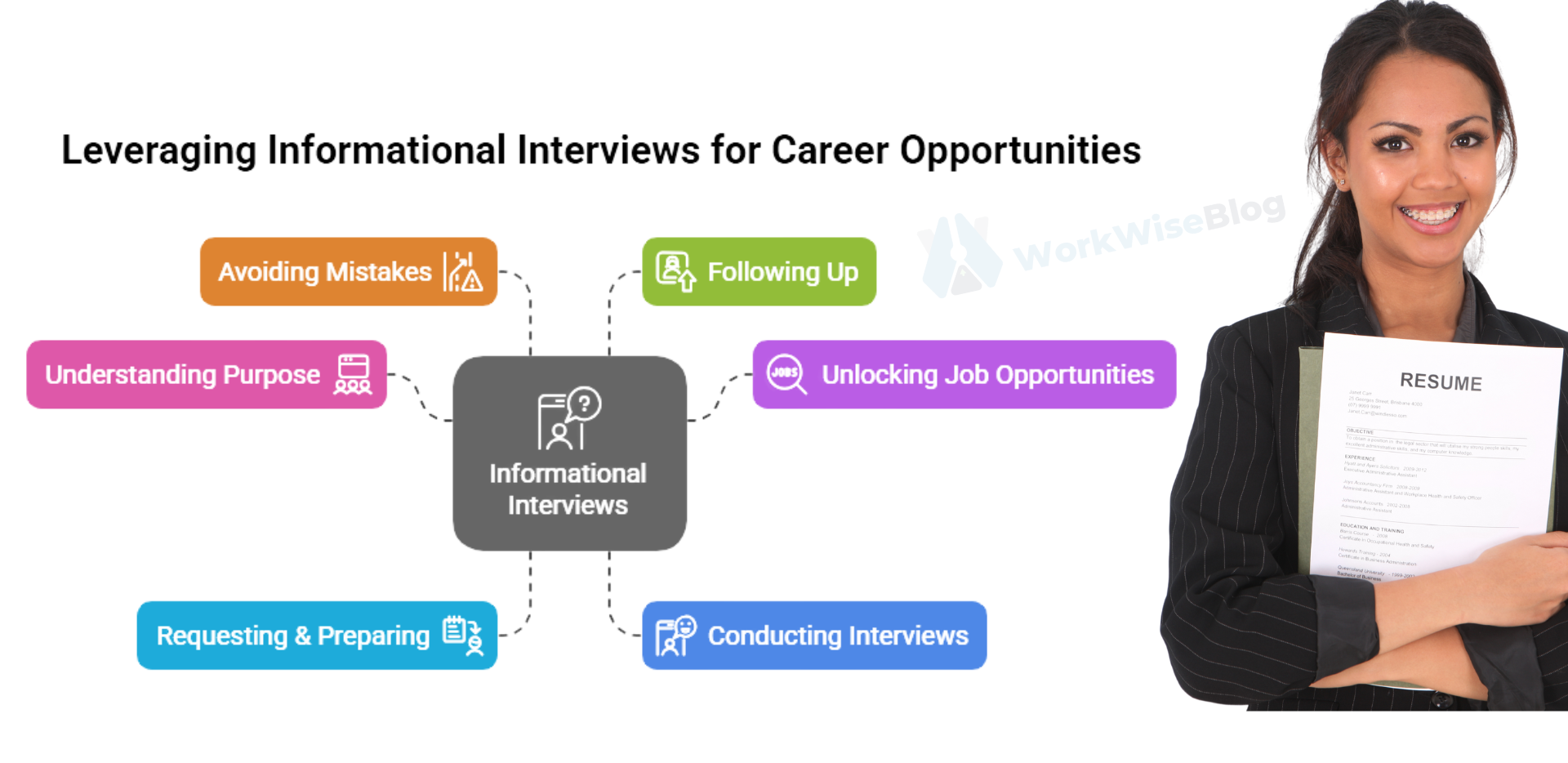Table of Contents
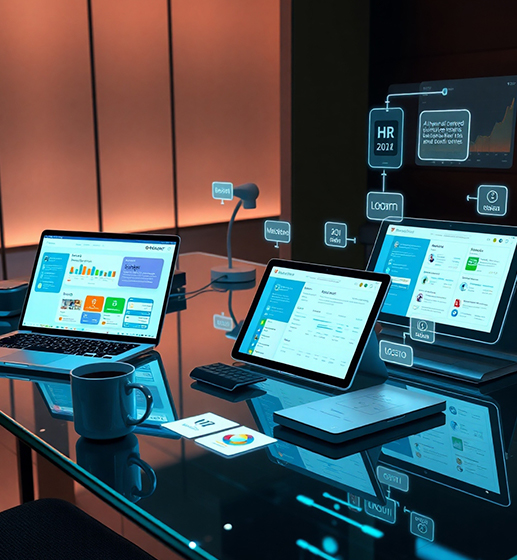
1. What is HR Software?
HR management software such as HRMS (Human Resource Management System) or HCM (Human Capital Management) falls under a variety of categories. These are designed to automate and streamline human resources operations automation, monitoring performance metrics, databases, and management of benefits, recruitment, employee training provision, and much more.

Types of HR Software.
Some of the HR software includes but is not limited to:
- Core HR Software: These are the most standard features that include time-off management, personnel records, and payroll.
- Talent Management Software: It assists in recruiting employees, onboarding new staff, and employee development.
- Payroll Software: It facilitates the timely processing and payment as well as tax compliance.
- Performance Management Software: It is concerned with assessing and managing an employee’s work performance.
- Learning Management Systems (LMS): They are focused on the training and the development of skills.
Example: There is a company Like BambooHR that is an example of an HR software solution that allows users to manage multiple HR functions including payroll, recruitment, and management of employees in a single system which simplifies HR functions.

2. Key Benefits of HR Software
One cannot ignore the multiplicity of benefits that come with the acquisition of HR software for the HR department and all employees for that matter. Such include:
Time Preservation
HR software automates monotonous activities, allowing HR staff to focus on high-level strategies. Thanks to technology, there is less manual work when it comes to entering data, preparing payroll, and other primary activities of benefits management.

Cutting Down on Labour Costs
As HR tasks become less people-oriented, operational costs do not remain the same. Furthermore, the expenditure and the probability of anticipating a mistake in the business operations such as payroll are eliminated by the HR systems.
The survey of Forrester Research showed that a particular company when it rolled out self-service ATS and other hr systems features managed to cut its labour expenditure by close to 20 percent after five years.
Better Decisions
By using HR software, employees can often use self-service portals where they can view their records, apply for time off, or oversee some of their benefits. This not only enhances transparency but also improves the satisfaction level of the employees.
Example: Using ADP Workforce Now, HR professionals can use analytics which can show their employees’ behavior for improvement purposes and ways to retain them.
Enhanced Employee Experience
HR software often includes self-service portals, where employees can access their data, request time off, or manage their benefits. This not only boosts transparency but also enhances employee satisfaction.
Enhanced Employee Experience
HR software often includes self-service portals, where employees can access their data, request time off, or manage their benefits. This not only boosts transparency but also enhances employee satisfaction.
3. Essential Features to Look for in HR Software
When deciding on the HR software to be used in the organization, it is important to know the necessary features that will be needed. Here are the key features you should prioritize:
Payroll Management Ensure the software contains procedures and processes that would facilitate ease in handling the payroll such as calculating taxes, managing deductibles, and respecting local employment regulations.
Example: Gusto is popular for its automated tax and reporting payroll system that follows an easy-to-use process layout.
Employee Performance Tracking
Software that will enable you to set expectations, monitor performance, and give reviews will be appropriate.
Tools like performance management that have 360-degree feedback, performance appraisals, and performance developments help HR functions perform better in performance management.
Example: Workday provides performance management modules that are embedded in other HR services for a seamless and integrated view of the employee’s experience in the organization.
Recruitment And Onboarding
It would be good to pay attention to the features that would make the recruiting experience enjoyable for instance, the presence of an ATS system as well as an extensive onboarding system makes the recruiting process quite easy.
These systems make it possible to lessen the amount of time that is dedicated to carrying out recruitment administrative functions.
Mobile Access Given the trends in organizational settings where the workforce is increasingly working virtually, mobility integration of HR systems is an important feature.
Mobile-compatible HR systems allow employees as well as managers to access the system even when on the go enhancing convenience.
Analytics And Reporting Your HR software should include HR analytics
4. How to Choose the Right HR Software Based on Your Business Needs
Choosing the right HR software requires understanding your company’s unique requirements. Consider the following:
Understand Your Business Needs
- Company Size: Small businesses may not require the complexity of large enterprise-level HR software, while larger organizations need robust, scalable solutions.
- Industry Requirements: Certain industries, like healthcare or finance, may need specific features (e.g., compliance tools for handling sensitive employee data).
Example: BambooHR is often favored by small to mid-sized businesses for its user-friendly interface and essential features, while Workday is tailored for larger organizations with more complex needs.
Customization
Every business is unique, and your HR software should be adaptable to meet your specific needs. Ensure the system allows for customization in reporting, workflows, and employee management features.
Scalability
As your business grows, your HR software should grow with you. Make sure the system can scale and handle an increasing number of employees and new HR needs without significant upgrades or overhauls.
Ease of Use
Choose HR software that is intuitive and easy to navigate. A system that is too complex may create resistance among users and reduce efficiency.
5. Pricing: What You Need to Know
Learning the different pricing models will help you choose an HR software that is within your budget. Below are some of the things that you should pay attention to:
Pricing Models
- Subscription-Based: A good number of HR software companies have a subscription system either monthly or yearly payments. Generally, this model covers software updates and support.
- Per-User Pricing: Some systems charge per active employee utilizing the software.
- One-Time Fee: Many of the systems can also be acquired for a one time fee, with optional maintenance costs afterward.
Capterra states that the average pricing of HR software is $5 per head per month and $20 per head per month depending on functionality and scale.
Free Trials and Demos
The majority of the software vendors provide free trials or demos of their software so that the users can try it out before actually buying it. Use these to make certain that the software that you buy is the correct one for your requirements.
6. How to Evaluate HR Software Providers
It is absolutely important to choose trustworthy HR software providers and the integration partner must be credible. Here’s how:
Vendor Reputation
Check for reviews and comments by customers. business case studies of firms within your bracket can also shed some light on how effective the software is.
For instance: G2 crowd and Capterra offer comprehensive reviews and other self-users on various human resource software making it formal to choose one.
Customer Support
Also, check whether or not the software vendor guarantees its users the best possible customer support through the integration phase. The support response can save lots of downtime by providing solutions very fast.
7. Common Mistakes to Avoid When Choosing HR Software
There are key failures that you must avoid while choosing HR software:
Making Software Selection Too Complicated
Make sure that you do not pick the solutions with capabilities that are of no use. While it is appealing to choose a one-stop shop, the more complex the system the more difficult it shall be to use it.
Having a One-Directional Feedback Approach
Although HR departments are responsible for choosing the software, it is beneficial to engage the employees in the process, as they can provide valuable input on the usability and practical matters.
Rushing with the Integration Process as If the Speed of Execution Will Save You Time
Be careful with the implementation phase. There is no need to hurry as training, data transfer, testing, etc. are integral to ensuring the flawless performance of the system.
8. Top HR Software Tools to Consider
Here’s a list of some of the most popular HR software tools in the market today:
Workday
- Best For: Large Enterprises
Key Features:
- Comprehensive HR management system
- Payroll and finance management
- Advanced analytics for business insights
- Pricing: Custom Pricing (typically tailored to enterprise needs and scale)
BambooHR
- Best For: Small to Mid-Sized Businesses (SMBs)
Key Features:
- Core HR functionality (employee records, time-off management)
- Reporting and analytics for HR decisions
- Employee self-service portal for requests
- Pricing: Starts from $6 per user/month (based on number of users)
Gusto
- Best For: Small Businesses
Key Features:
- Payroll management with tax filing
- Benefits management (healthcare, retirement)
- HR support and compliance
- Pricing: Starts from $40/month + $6 per user (additional costs for specific features)
SAP SuccessFactors
- Best For: Enterprise Businesses
Key Features:
- Talent management
- HR analytics
- Employee performance tracking
- Pricing: Custom Pricing (typically tailored to enterprise needs and scale)
Zoho People
- Best For Startups and Small Businesses
- Key Features:
- Employee database
- Leave management
- Workflow automation
- Pricing: Starts from $1.5 per user/month
ADP Workforce Now
- Best For: Medium to Large Businesses
Key Features:
- Payroll
- Benefits administration
- Workforce management
- Pricing: Custom Pricing (typically tailored to enterprise needs and scale)
Rippling
- Best For Businesses of All Sizes
Key Features:
- Employee onboarding
- Payroll
- IT integration for device management
- Pricing: Custom Pricing
Paycor
- Best For: Small to Medium Businesses
Key Features:
- Payroll
- Onboarding
- Employee management tools
- Pricing: Custom Pricing
Oracle HCM Cloud
- Best For: Large Organizations
Key Features:
- HR
- Workforce planning
- Talent management
- Pricing: Custom Pricing (typically tailored to enterprise needs and scale)
Kronos Workforce Ready (UKG)
- Best For Businesses with Hourly Workforces
Key Features:
- Time tracking
- Scheduling
- Payroll for hourly employees
- Pricing: Custom Pricing
9. The Future of HR Software
HR trends are influenced by inescapable changes. Let’s review the expected changes to the HR software systems and some of their new capabilities:
- Artificial Intelligence: The role of AI is seen in recruiting, enhancing the participation of employees, and performance assessment processes.
- Remote Workforce Solutions: The gradual increase in the number of remote workers has caused the evolution of HR software to cater to different locations.
- Predictive Analytics: New reports based on advanced analytics can focus on the attrition of employees, thus allowing employers to prevent the loss of their most qualified personnel.
Conclusion
Choosing the right HR software is an important decision that can affect your business in many ways. The right software can help you manage HR tasks more easily, keep your business in line with the law, and make employees happier.
To make the best choice, you need to understand what your business needs, look at the features that matter most, and pick a price that fits your budget. It’s also important to avoid common mistakes, like choosing software that isn’t easy to use or doesn’t grow with your business.
When you pick the right HR software, it will help your HR team do their job better, so they can focus on helping your business grow. In the long run, this choice will help your company run more smoothly and keep employees satisfied.
FAQs
How do I choose an HRIS system?
When choosing an HRIS, it is recommended to go through a process that begins with further understanding and assessments of the organization’s needs. After that, determine the project scopes on offer and ascertain, which packages are available. Create a project team to create a request for proposal (RFP), and evaluate vendors who provide demos of the products until a vendor is chosen.
What is the best HR management software?
The leading software solutions for personnel management today are Paylocity, ADP Workforce Now, Paycom, Rippling, BambooHR, Sage People, Zimyo, and Pulse HRM. They provide different solutions to HR, payroll, workforce management, talent management: and any need of an organization.
What steps are involved in selecting the right software technology for the human resource department?
Choosing HR software technology would take six basic steps: defining needs, identifying stakeholders and their interests, hiring HR for brainstorming, looking for suppliers, scheduling demos, and developing and sticking to a budget. Those steps in the above order guarantee that the right choice is made for one’s organization.
What are the three main types of HR software solutions?
HRIS is for maintaining employee information, HCM is a system for managing the whole workforce, and HRMS is a system combining not only employee management but also internal organization processes.
Further Reading Resources:
- SHRM : How to Select an HRIS
- WorkWiseBlog : Top HR Tech Trends to Watch in 2025: How Technology is Reshaping HR

